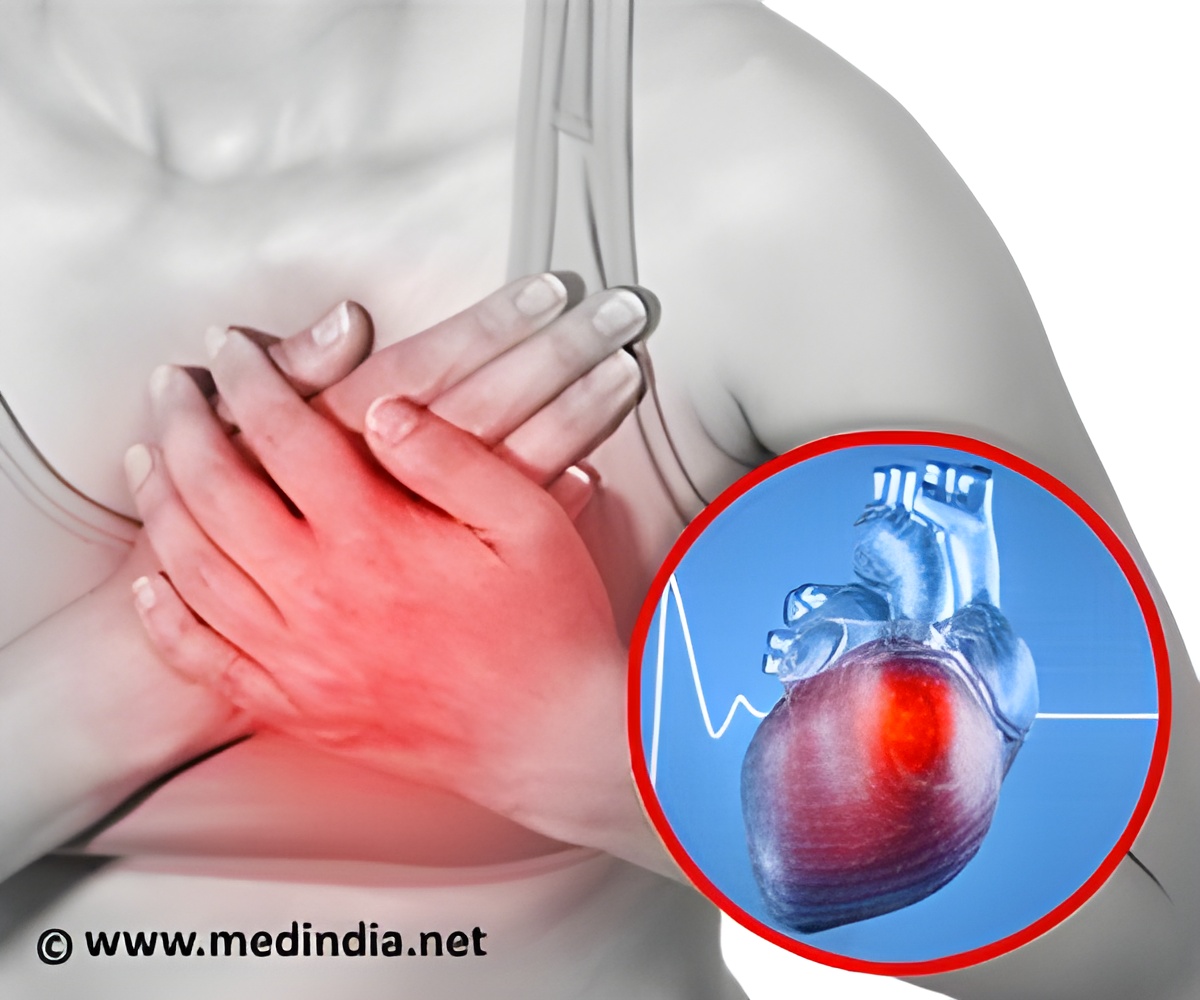Cardiac arrest can be predicted using a new form of artificial intelligence, which reveals pictures of a diseased heart that cannot be seen by the naked eye.

‘New artificial intelligence technology uses images of cardiac scarring caused by heart disease that often results in lethal arrhythmias to predict cardiac arrest.’





The technology, built on raw images of patient’s diseased hearts and patient backgrounds, stands to revolutionize clinical decision making and increase survival from sudden and lethal cardiac arrhythmias, one of medicine’s deadliest and most puzzling conditions.Some patients may be at low risk of sudden cardiac death getting defibrillators that they might not need and then some high-risk patients aren’t getting the treatment they need and could die in the prime of their life.
To determine who is at risk for cardiac death and when it will occur, researchers used neural networks to build a personalized survival assessment for each patient with heart disease.
These risk measures provide with high accuracy the chance for a sudden cardiac death over 10 years, and when it’s most likely to happen.
The technology is called Survival Study of Cardiac Arrhythmia Risk (SSCAR). It used contrast-enhanced cardiac images that visualize scar distribution from hundreds of real patients at Johns Hopkins Hospital with cardiac scarring to train an algorithm to detect patterns and relationships not visible to the naked eye.
Advertisement
“The images carry critical information that doctors haven’t been able to access,” said first author Dan Popescu, a former Johns Hopkins doctoral student.
The team trained a second neural network to learn from 10 years of standard clinical patient data, 22 factors such as patients’ age, weight, race, and prescription drug use.
The algorithms’ predictions were not only significantly more accurate on every measure than doctors, even in different cardiac histories and different imaging data, suggesting the platform could be adopted anywhere.
Researchers are now working to build algorithms now to detect other cardiac diseases. The deep-learning concept could be developed for other fields of medicine that rely on visual diagnosis.
Source-Medindia















